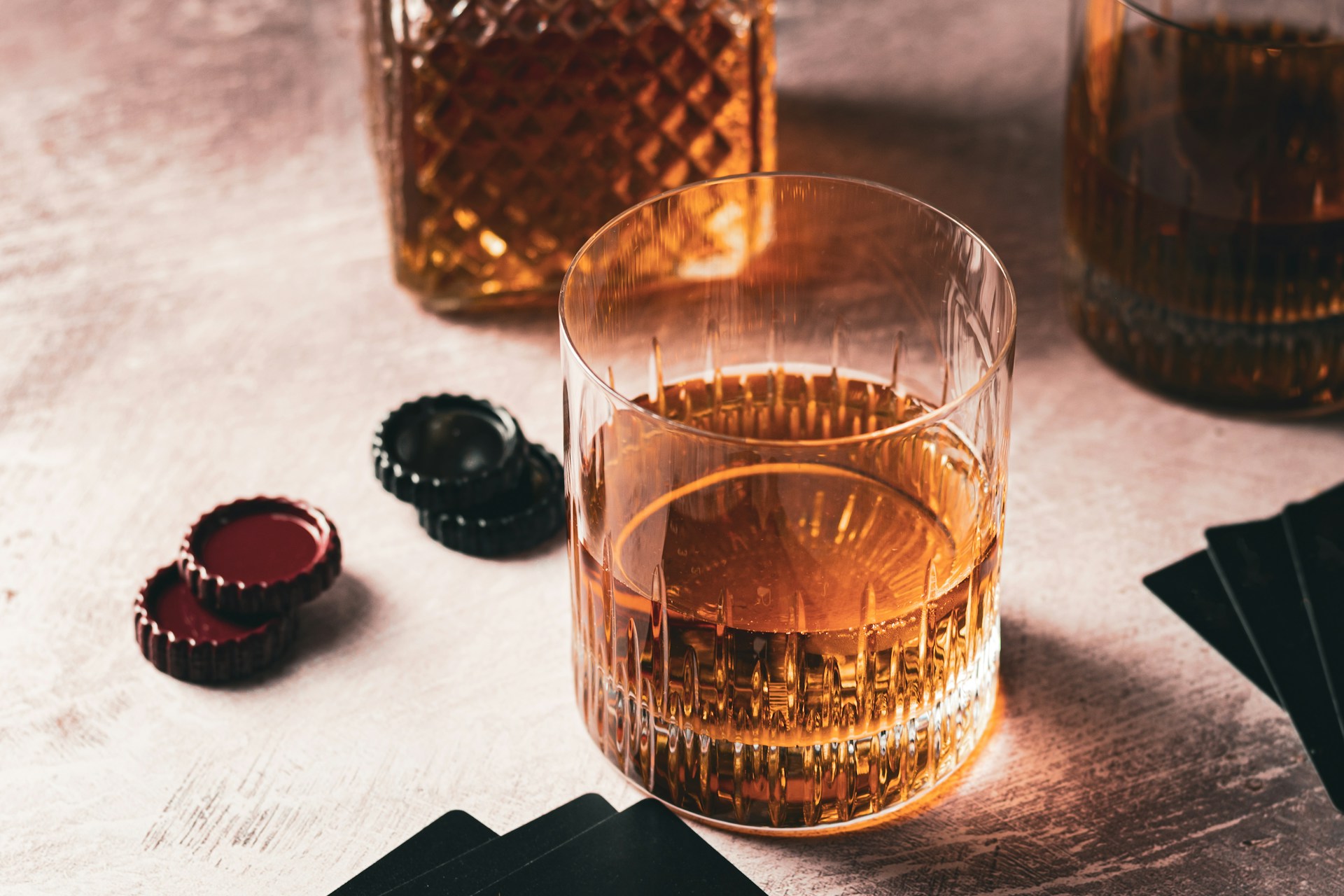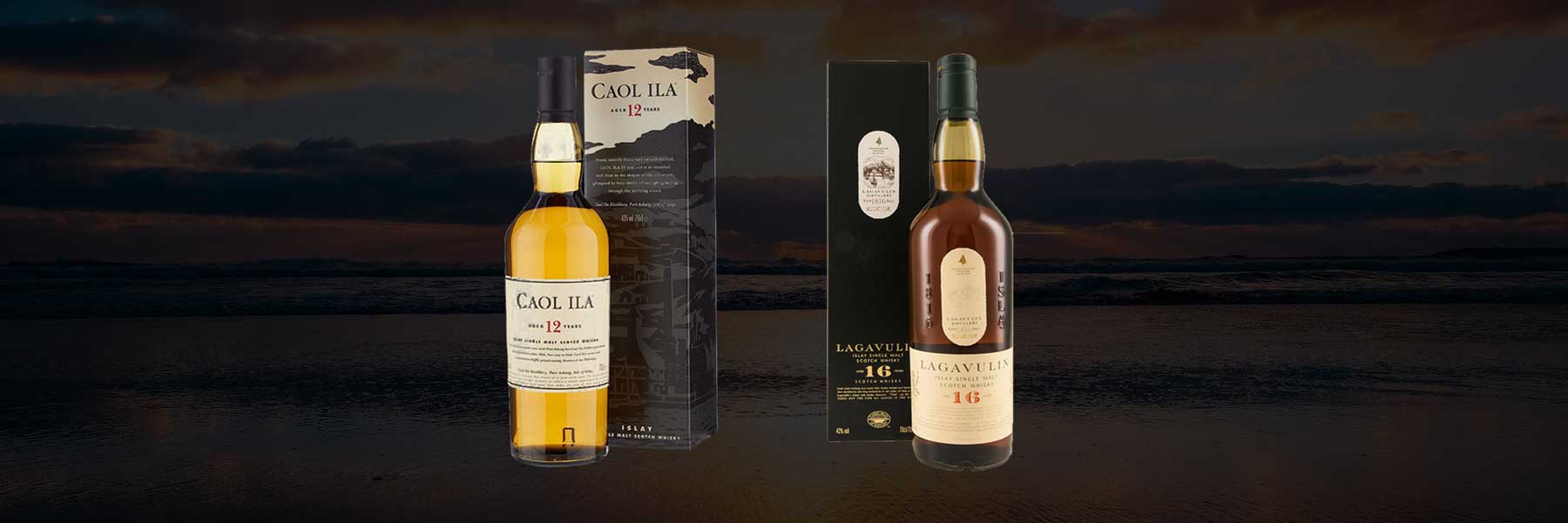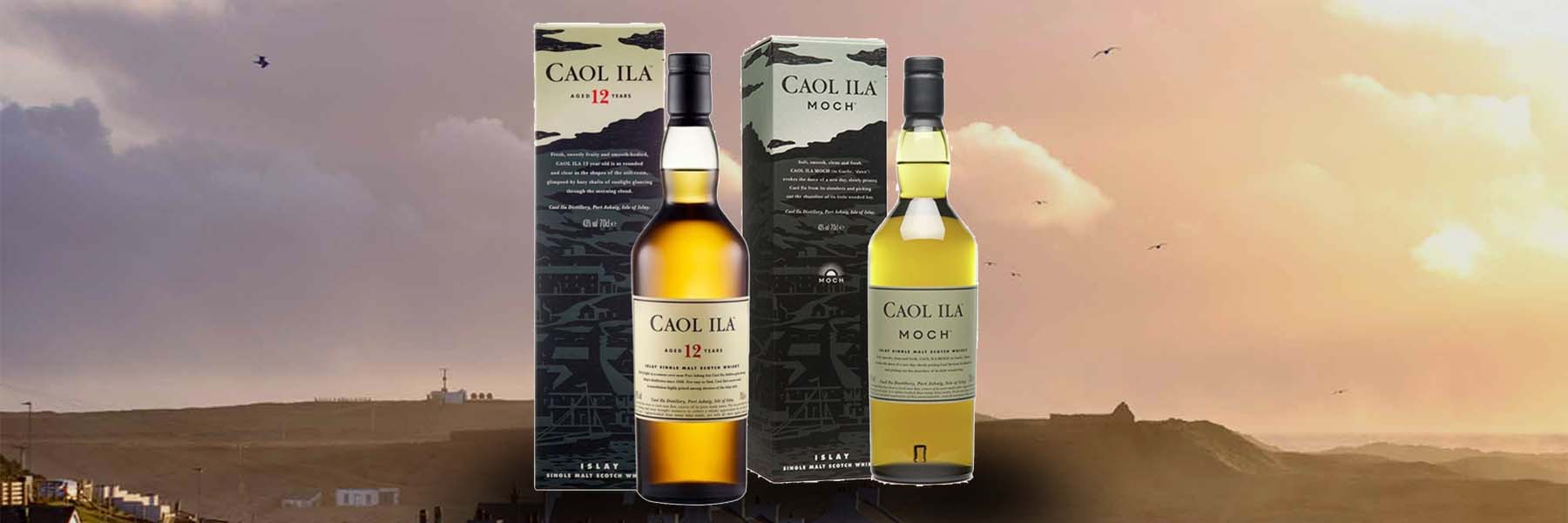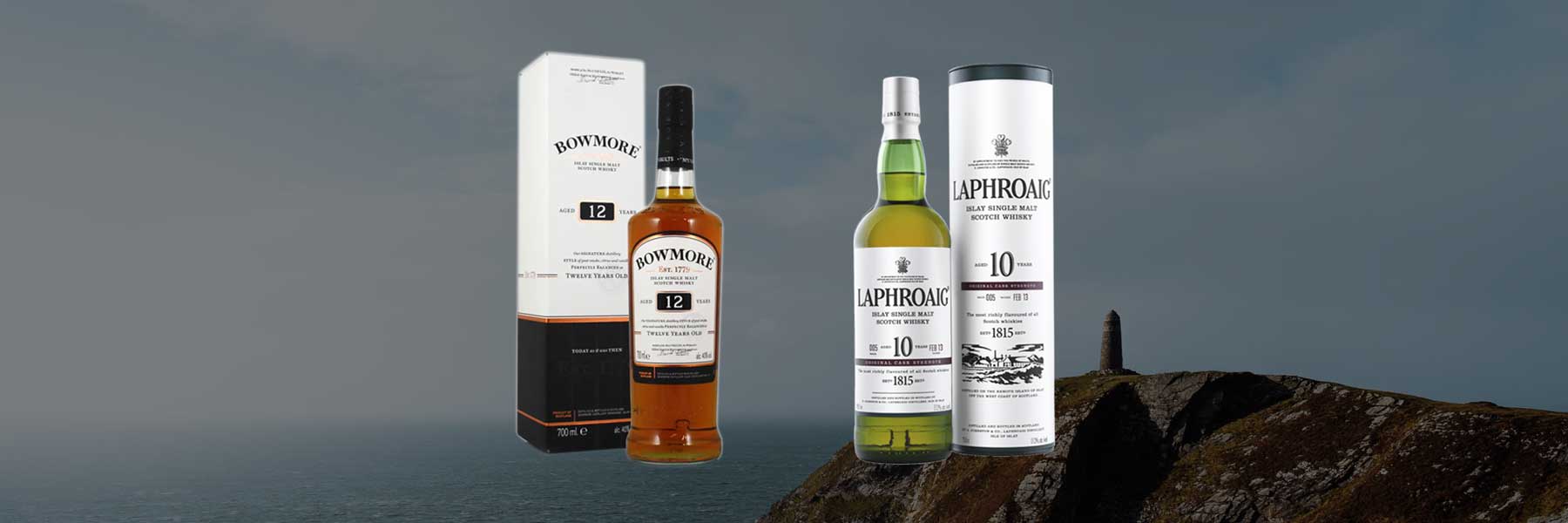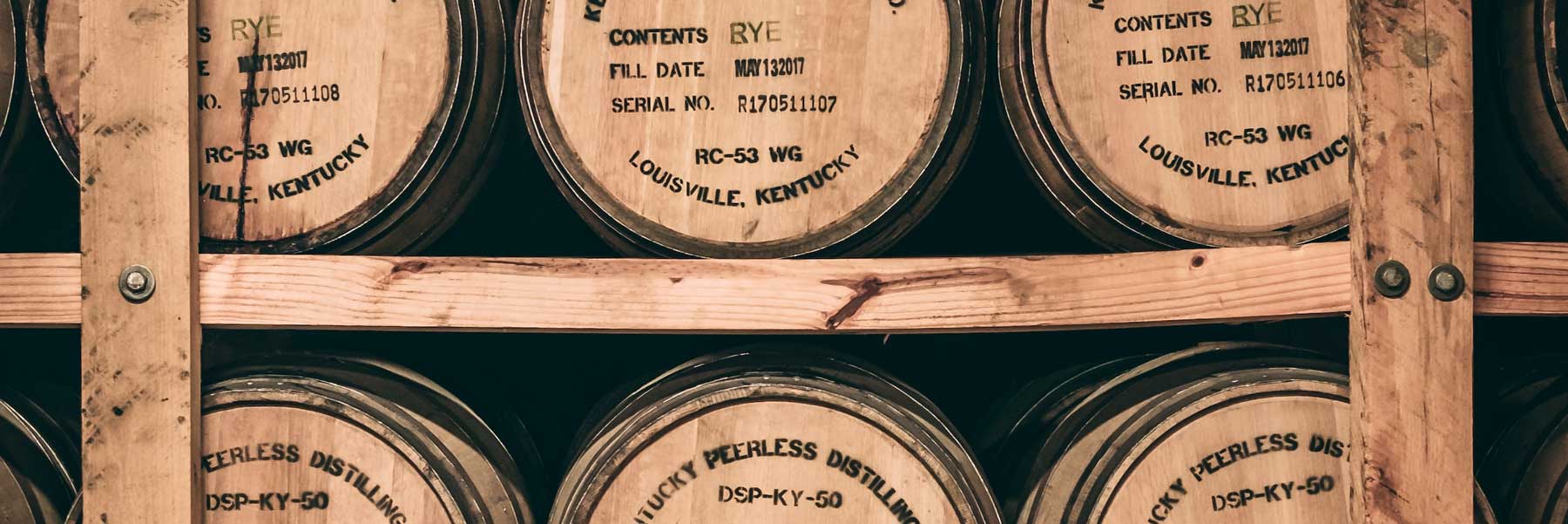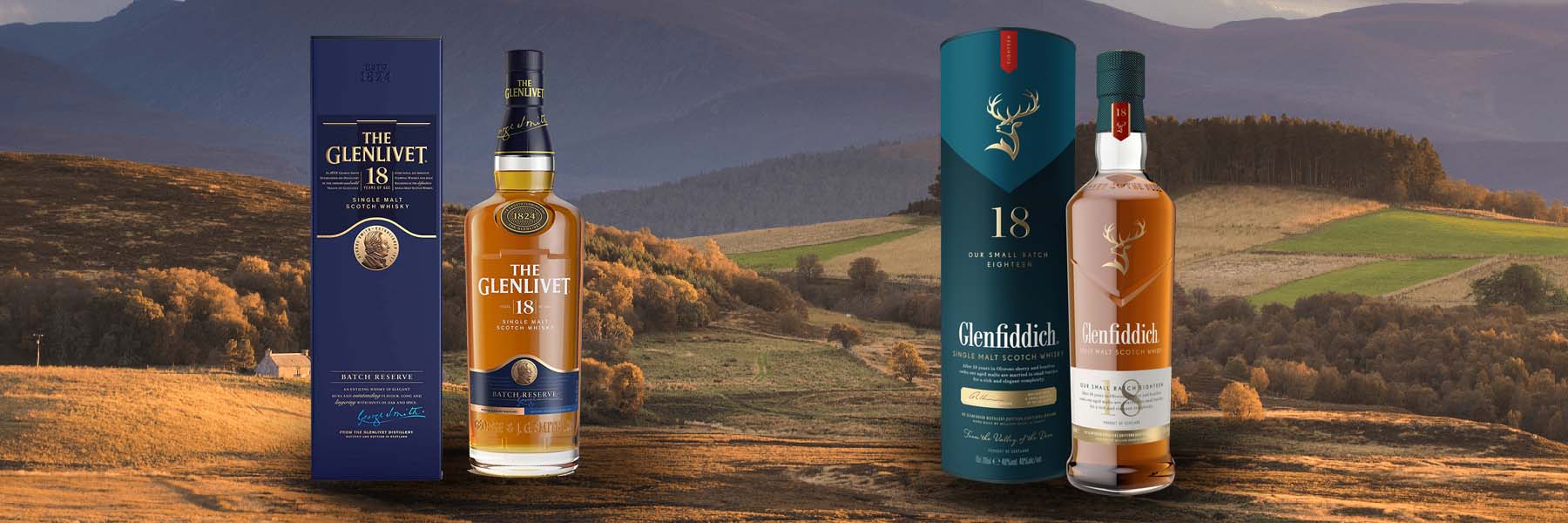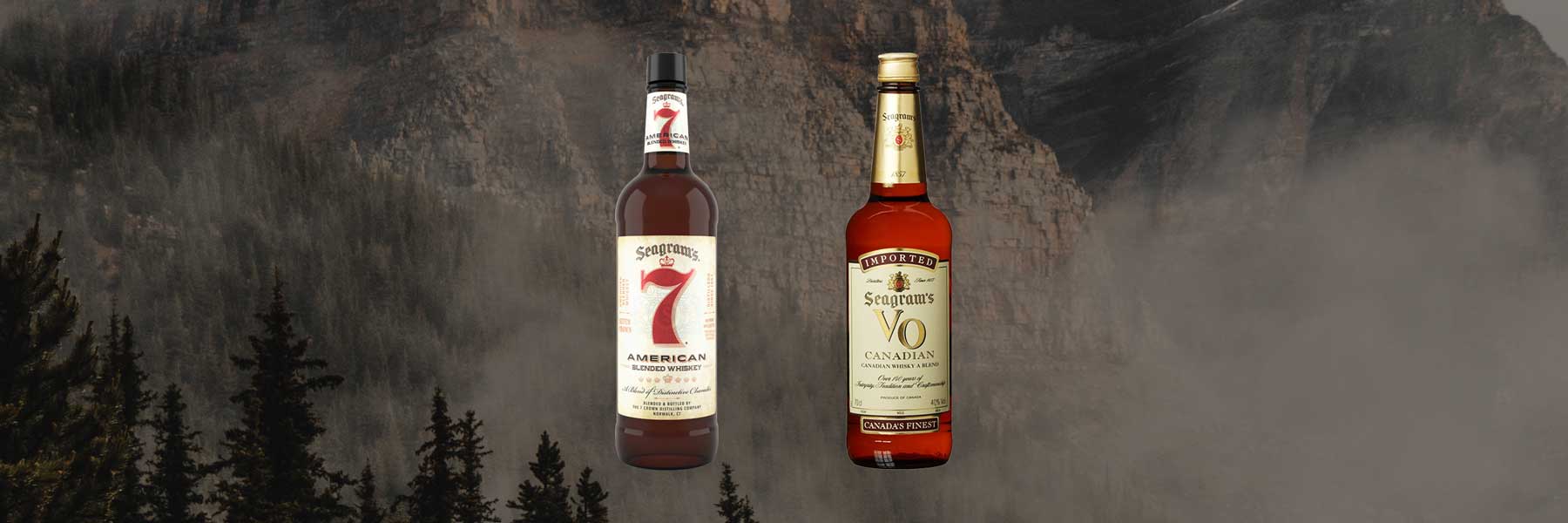Whiskey vs Whisky: Is there a difference?
Last updated on November 12th, 2024
Is it just a spelling quirk, or does this difference signify something more? In this article, we’ll explore the distinction between these two terms, their origins, and what they mean for the drink in your glass. Let’s get started.
What Is Whisky?
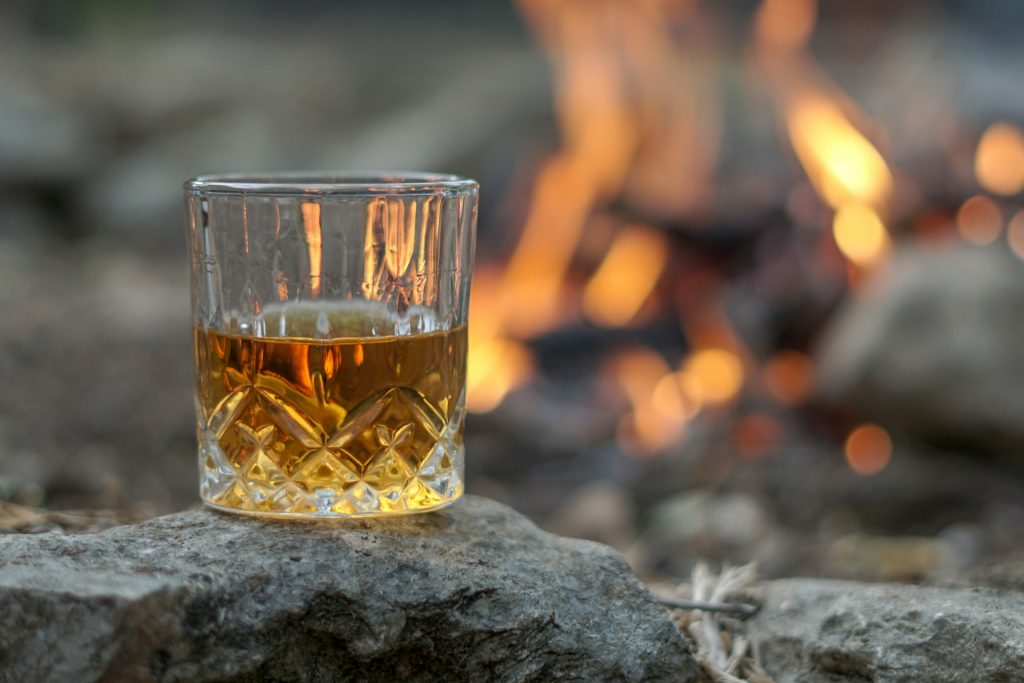
Let’s start with the basics. Whisky, spelled without the “e”, typically refers to spirits produced in Scotland, Canada, and Japan. Each of these countries has its own whisky-making laws, rules and traditions, resulting in a diverse range of styles and flavors.
At its core, whisky is a distilled alcoholic beverage made from fermented grain mash. The type of grain used can vary, but it often includes barley, corn, rye, and wheat. The choice of grain plays a significant role in defining the character of the final product.
Basic Whisky Production Process
The production process involves a few key steps:
- Malting: The grain is soaked in water and allowed to germinate. It’s then halted via heat.
- Mashing: The malted grain is ground and mixed with hot water to extract fermentable sugars.
- Fermentation: Yeast is added to convert the sugars into alcohol.
- Distillation: The liquid (wash) is heated in sequential stills to separate the alcohol.
- Maturation: The spirit is aged in wooden casks, usually for at least three years.
Each step contributes to the final flavor, from the type of grain used to the characteristics of the cask it’s aged in. That’s why you’ll find such a wide variety of flavors in whisky, from light and floral to rich and smoky.
Many countries have regulations governing what can be called whisky. These rules often specify minimum aging periods, production methods, and even the types of casks that can be used. These regulations help maintain the quality and integrity of the product.
What Is Whiskey?
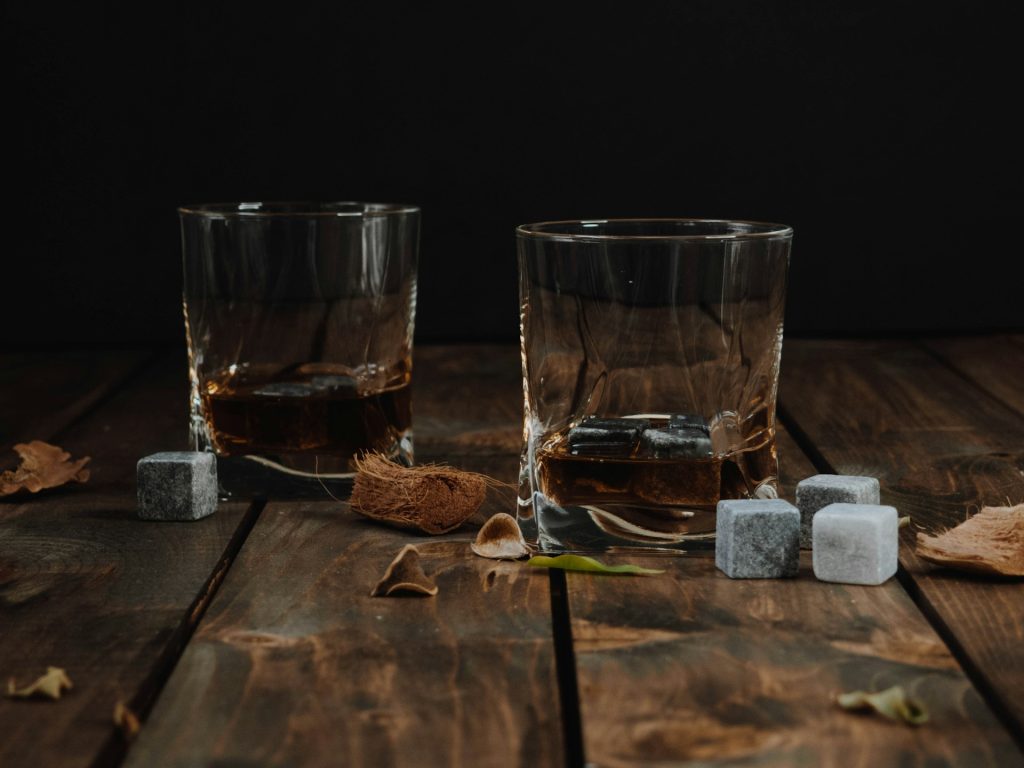
Whiskey, spelled with an “e”, is typically associated with whiskeys produced in Ireland and the United States. While it shares many similarities with whisky, there are some distinct characteristics and traditions that set it apart.
Whisk(e)y is a distilled alcoholic beverage made from fermented grain mash. The main difference often lies in the type of grains used and the distillation process.
Irish whiskey comes in various varieties with single malt and single pot still being the most famous. Traditionally, Irish whisky is often triple-distilled, which can result in a lighter spirit. Irish whiskey must be aged for at least three years in wooden casks.
Types of Irish whiskey
- Single Malt Irish Whiskey
- Single Pot Still Irish Whiskey
- Single Grain Irish Whiskey
- Blended Irish Whiskey
American whiskey comes in several varieties, with bourbon and rye being two of the most well-known:
- Bourbon: Made primarily from corn (at least 51%), it must be produced in the United States and aged in new, charred oak barrels. It’s known for its sweeter, fuller flavor.
- Rye Whiskey: Must be made from at least 51% rye grain. It tends to have a spicier, more robust flavor compared to bourbon.
Whiskey Production Process
The production process for whiskey follows similar steps to whisky:
- Mashing: Grains are ground and mixed with water to extract sugars.
- Fermentation: Yeast is added to convert sugars into alcohol.
- Distillation: The liquid is heated in sequential stills to separate the alcohol.
- Aging: The spirit is matured in wooden barrels.
American whiskeys often use a column still for distillation, which can produce a higher alcohol content compared to the less-efficient pot stills commonly used in Scotland and Ireland.
Each country has its own regulations governing whiskey production. For example, in the U.S., bourbon must be aged in new, charred oak containers and cannot contain any added flavoring or coloring
The result of these varying traditions and regulations is a diverse world of whiskey, each with its own unique characteristics and flavor profiles. Whether you’re sipping on an Irish whiskey or an American bourbon, you’re tasting the result of centuries of craftsmanship and tradition.
Can You Taste the Difference Between Whisky and Whiskey?
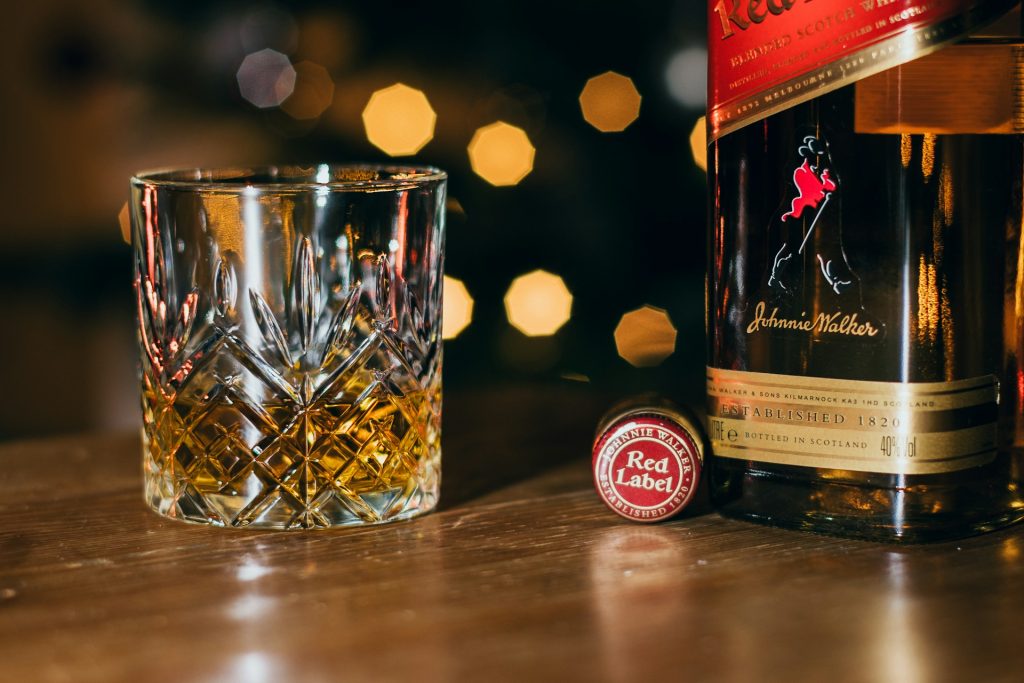
In short, no – the spelling itself doesn’t affect the taste. Whether it’s “whisky” or “whiskey,” the flavor comes from the ingredients, production methods, and aging process, not the label on the bottle.
However, the spelling can give you a hint about the style you might expect. For instance, a “whisky” from Scotland might have a different flavor profile than a “whiskey” from Ireland, due to their distinct production traditions.
But remember, these are just general guidelines. A peated Scotch whisky will taste vastly different from an unpeated one, despite the same spelling. Similarly, an Irish single malt whiskey will likely share similarities with a Scottish single malt.
Why Do Some Spell It With an ‘E’ and Others Without?
The spelling difference between whisky and whiskey isn’t just a quirk of language – it actually tells us something about the spirit’s origin and style.
But why the distinction?
The simple answer is tradition and geography. Countries like Scotland, Canada, and Japan typically use “whisky,” while Ireland and the United States generally prefer “whiskey.”
This difference can be traced back to the late 19th century. As the story goes, Scottish whisky makers were dominating the market, and their Irish counterparts wanted to differentiate their products. Adding an ‘e’ to the spelling was one way to stand out.
When Irish immigrants brought their whiskey-making skills to America, they brought this spelling with them. That’s why you’ll often see American-made products labeled as “whiskey.”
However, it’s not a hard and fast rule. Some American brands, like Maker’s Mark, opt for the “whisky” spelling as a nod to their Scottish heritage. And you might occasionally come across Irish brands using “whisky.”
In general, though, you can use the spelling as a quick guide:
- Whisky: Likely Scottish, Japanese, Canadian or Indian.
- Whiskey: Probably Irish or American
Plurals
It’s worth noting that “whiskey” is also used as the plural for “whiskey,” while “whiskies” is the plural for “whisky.” Confusing? Maybe a little, but it adds to the charm and history of this beloved spirit.
Remember, whether it’s spelled with an ‘e’ or without, it’s all part of the same wonderful family of drinks. The spelling might give you a hint about its origin, but it’s the taste that really matters.
How Does Whisky Differ Across Countries?
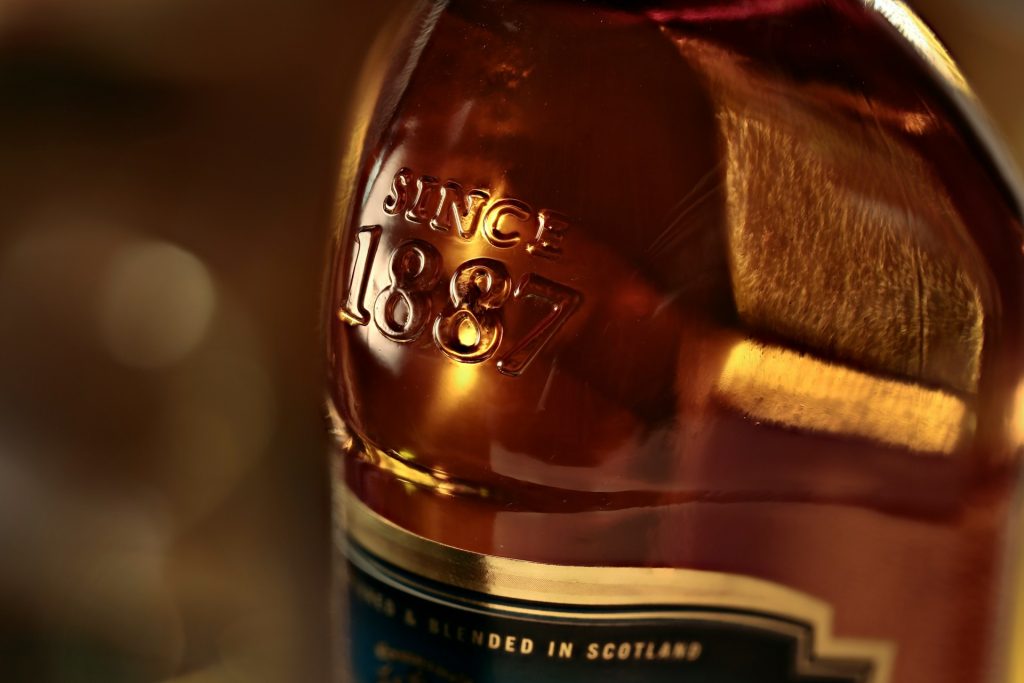
Whisky (or whiskey) is produced in many countries around the world, and each region brings its own unique characteristics to the spirit. Let’s take a quick tour of some major whisky-producing countries and what makes their products distinct.
- Scotland: Scottish whisky, or Scotch, is known for its diversity. From the peaty, smoky whiskies of Islay to the lighter, fruitier offerings from the Lowlands, Scotch covers a wide range of flavors. It’s typically made from malted barley and must be aged for at least three years in oak casks.
- Ireland: Irish whiskey is often described as smoother and lighter than its Scottish cousin. It’s usually triple-distilled, which contributes to its reputation for smoothness. Uniquely, Irish Pot Still whiskey can be made from a mixture of malted and unmalted barley.
- United States: American whiskey includes several varieties. Bourbon, made primarily from corn, offers a sweeter profile with vanilla and caramel notes. Rye whiskey, made from at least 51% rye grain, tends to be spicier and more robust.
- Canada: Canadian whisky is often a blend of different grain whiskies. It’s known for being light and smooth, with a hint of spice. Canadian distillers have more flexibility in their production methods compared to other countries.
- Japan: Japanese whisky often follows the Scottish tradition but with its own twist. It’s known for being exceptionally smooth and balanced, often with a delicate, complex flavor profile.
- India: While perhaps less well-known, Indian whisky production is significant. Many Indian whiskies are molasses-based, giving them a unique character compared to grain-based whiskies from other countries.
These regional differences stem from various factors: local ingredients, climate, traditional methods, and regulations. For instance, the type of barley grown in Scotland differs from that in Japan, while the hot climate in parts of India affects how whisky ages there.
FAQs
1. Is whisky always brown?
Not necessarily. While most whiskies are indeed various shades of amber or brown due to aging in wooden barrels, some can be nearly clear. For example, “new make” spirit (the raw distillate before aging) is clear, and some modern producers are experimenting with “white whisky” which is either unaged or aged in non-charred barrels.
2. What’s the difference between single malt and blended whisky?
Single malt whisky is made by a ‘single’ distillery from 100% malted barley. Blended whisky, on the other hand, can come from many multiple distilleries, mixing varios different whiskies which can be both malt and grain whiskies. Neither is inherently better – it’s all about personal preference.
3. Does older whisky always mean better whisky?
Not always. While age can contribute to complexity and depth, it doesn’t guarantee a better taste. Younger whiskies can be excellent whilst over-aging can sometimes lead to an overpowering wood flavor. The key is balance and quality of production, not just age.
4. Why do some whiskies cost so much more than others?
Price can depend on various factors: age, rarity, production costs, brand prestige, and sometimes marketing. Older whiskies are often pricier due to the extended aging process and the angel’s share (whisky that evaporates during aging). Limited editions or rare releases can also command higher prices.
5. Is it okay to add ice or water to whisky?
Absolutely! While some purists prefer their whisky neat, adding a few drops of water can actually open up the flavors of the whisky. Ice can be refreshing, especially in warmer climates, though it may dull some of the more subtle flavors as it chills and dilutes the whisky. Ultimately, the best way to drink whisky is however you enjoy it most.
Summary
- The spelling difference (whisky vs. whiskey) typically indicates the spirit’s country of origin.
- Whisky is generally used for Scotch, Canadian, and Japanese whiskies, while whiskey is used for Irish and American varieties.
- Both whisky and whiskey are distilled alcoholic beverages made from fermented grain mash, but production methods, ingredients, and regulations vary by country.
- The spelling distinction originated in the late 19th century when Irish distillers added an ‘e’ to differentiate their product from Scottish whisky.
- Despite the spelling, the taste difference comes from factors like ingredients, production methods, and aging process, not the spelling itself.


